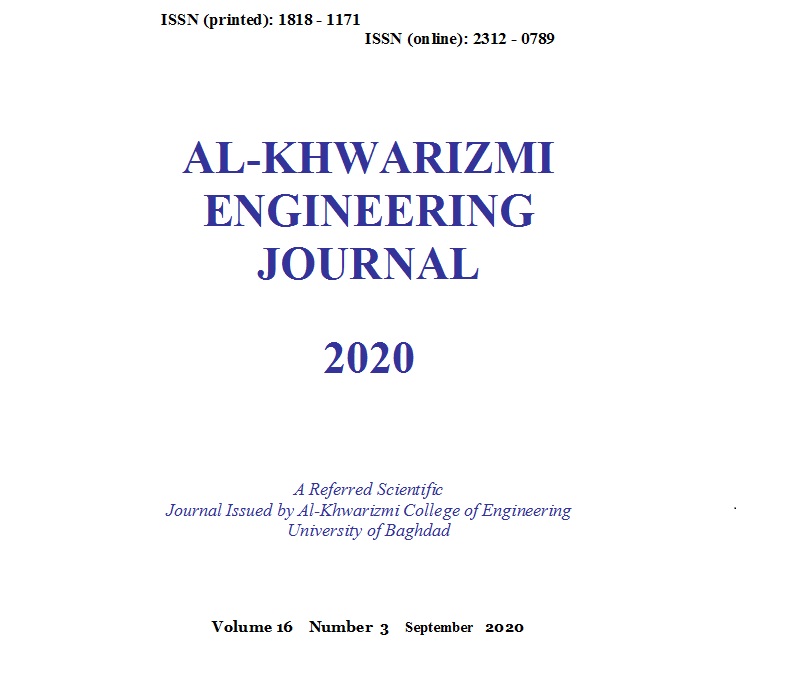Prediction of Creep-Fatigue Interaction Damage for Polyamide 6,6 Composites
Abstract
This paper aims to study the damage generated due to creep-fatigue interaction behaviors in solid polyamide 6,6 and its composites that include 1%wt of carbon nanotubes or 30% wt short carbon fiber prepared by an injection technique. The investigation also includes studying the influence of applied temperatures higher than the glass transition temperatures on mechanical properties. The obtained results showed that the addition of reinforcement materials increased all the mechanical properties, while the increase in test temperature reduced all mechanical properties, especially for polyamide 6,6. The creep-fatigue interaction resistance also improved due to the addition of reinforcement materials by increasing the theoretical damage value by 50% approximately, and the failure always happened through the rotating part of the creep-fatigue interaction test program. Using the Manson-Halford damage equation to estimate the damage generated in polyamide 6,6 and its composites gives unsafe design conditions.
(Received 26 February 2020; accepted 22 June 2020)
Downloads
Downloads
Published
Issue
Section
License
Copyright: Open Access authors retain the copyrights of their papers, and all open access articles are distributed under the terms of the Creative Commons Attribution License, which permits unrestricted use, distribution, and reproduction in any medium, provided that the original work is properly cited. The use of general descriptive names, trade names, trademarks, and so forth in this publication, even if not specifically identified, does not imply that these names are not protected by the relevant laws and regulations. While the advice and information in this journal are believed to be true and accurate on the date of its going to press, neither the authors, the editors, nor the publisher can accept any legal responsibility for any errors or omissions that may be made. The publisher makes no warranty, express or implied, with respect to the material contained herein.












